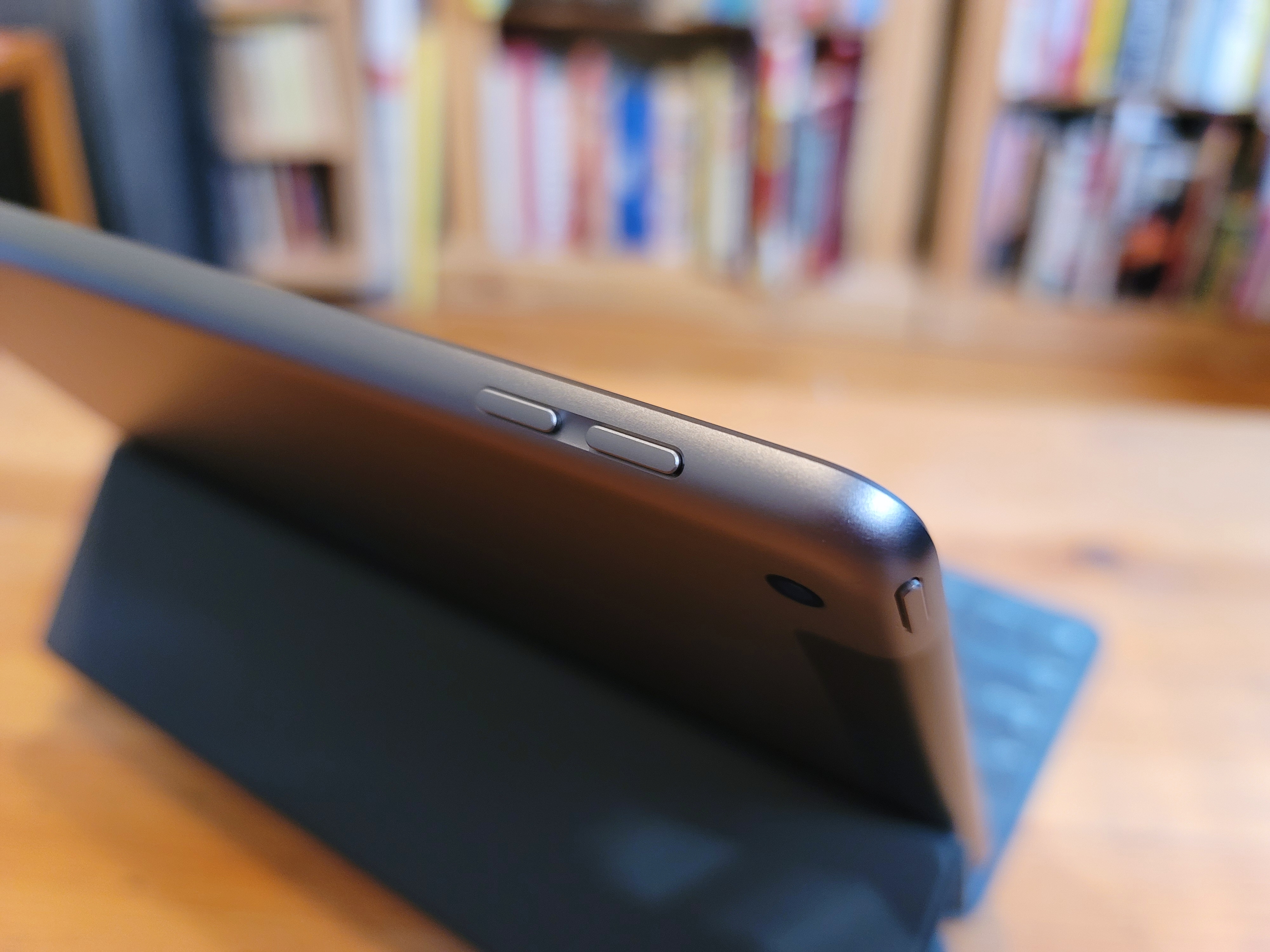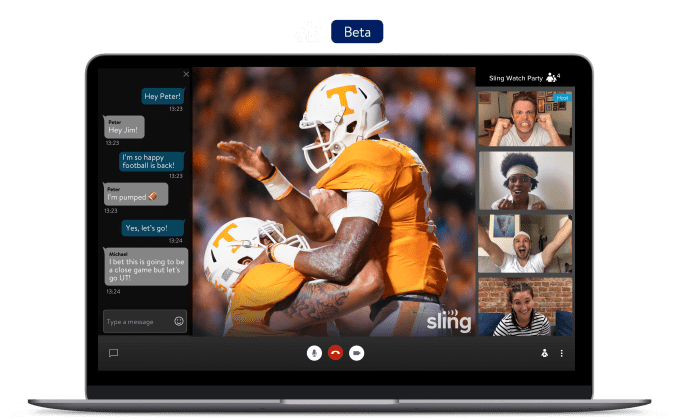VC and corporate investment into ClimateTech grew at a faster rate than overall VC investment as a whole between 2013 – 2019, according to a major new report — to the tune of $60 billion of early-stage capital.
The new research by PwC (“The State of Climate Tech 2020“) found that although it’s still early days for ClimateTech in terms of the overall VC market (approx 6% of total capital invested in 2019), VC investment into the space is growing at a clip: it increased from $418 million per annum in 2013 to $16.3 billion in 2019. According to the report, that is approximately three times the growth rate of VC investment into AI over the same period, and five times the average growth in VC.
The reasons are, predictably, to do with market economics. It’s quickly becoming more capitally efficient to prove and scale the technologies involved, and carbon-neutral or even carbon negative solutions have fewer costs than carbon-producing ones.
Nearly half of this venture cash ($60bn) went to US and Canadian climate tech startups ($29 billion), while China comes in second at $20 billion. The European market attracted $7 billion. The majority of investments for the US and China go to mobility and transport solutions.
ClimateTech startup investment in the San Francisco Bay area, at $11.7 billion, was 56% higher than its nearest rival, Shanghai, which reached $7.5 billion. Europe is more invested in renewable energy generation (predominantly photovoltaics cells) and batteries.
Celine Herweijer, global leader, Innovation & Sustainability, PwC UK in a statement: “The analysis shows the urgency of the opportunity, and gap to close, to support and scale innovative technologies and business models to address the climate crisis. Climate tech is a new frontier in venture investing for the 2020s.”
“Some of the technologies and solutions critical to enabling this transformation are proven and need rapid commercialization, which is why venture capital is key. It will not need trillions invested in startups to make a difference. But for the trickier technologies and markets it will need targeted support, including from governments, to make it through research and development, and the early stages beyond which capital increasingly is lining up,” she added.
The biggest drivers for growth in ClimateTech, according to the report, relate to mobility and transport, heavy industry, and Greenhouse Gas (GHG) capture and storage> These are followed by food, agriculture, land use, built environment, energy, and climate and Earth data generation.
Anyone who reads TechCrunch will be well aware of the electric scooter and e-bike wars that have broken out in recent years. And sure enough, the report finds that investment in these micro-mobility startups has grown dramatically, recording a CAGR of 151%, and representing 63% $37.4 billion of all ClimateTech funding over the past seven years.
Azeem Azhar, senior advisor to PwC UK, founder of Exponential View, and co-author of the report, said: “The climate tech market is maturing. As a society we are seeing more entrepreneurs launch startups, more investors back them, and an increasing number of larger funding rounds for later-stage high-potential deals. But PwC’s analysis shows the ecosystem is still nascent, with key gaps in the depth and nature of funding available to founders and tricky structural hurdles for them to navigate as they scale their businesses.”
Where is the investment coming from? From a wide range of sources: traditional VC firms and venture funds specializing in sustainability, corporate investors including energy majors, global consumer goods companies and big tech, government-backed investment firms, and private equity players.
The report found that corporate venture capital (CVC) looms large in the sector, especially startups typified by high capital costs aimed at disrupting incumbent industries with high barriers to entry, such as in energy, heavy industry and transport. For Mobility and Transport, 30% of the climate tech deals include a CVC firm, and in Energy, 32% of capital deployed came from CVCs. Overall, nearly a quarter of climate tech deals (24%) included a corporate investor.
Herweijer said: “The involvement of corporates will be key to the continued success of climate tech – both in terms of their net-zero commitments driving demand for new solutions, and their investments into commercializing innovation. It’s not just the financial means they bring, but the commercial know-how, and industry knowledge to help startups navigate how to rapidly deploy and scale new innovations into the market.”
Amongst the top ten cities for ClimateTech startup investment are – outside of the US and China – were Berlin, London, Labege (France) and Bengaluru, India. These attracting $1.3 billion, mainly across energy, agriculture and food and land use.
The sections perhaps most relevant to a TechCrunch audience occur on page 44 onwards which shows that the ClimateTech market is starting to behave like the high-growth tech startup world. Where barriers existed before such as technical risk, product risk, market risk, these are being addressed. Recognizable VC names such as Sequoia, GV, Kosler, Horizons, YC, USV are all getting involved.
And although almost 300 global companies have committed to achieving net-zero emissions before 2050, “with just ten years to reduce by half global greenhouse gas emissions to limit global warming to 1.5C, climate tech needs a rapid injection of capital, talent and public-private support to match its potential to build and accelerate faster, bolder innovation,” added Herweijer.




